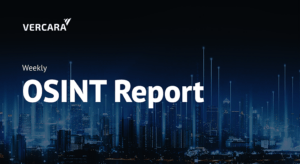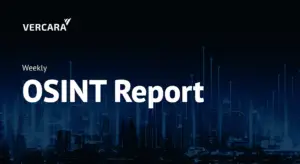Web applications enable the digital experiences that we’ve come to know and love — but like any technology, they also provide hackers with opportunities to compromise your systems. New attack vectors and vulnerabilities are discovered every day, creating new ways for bad actors to disrupt your operations and revenue. How can you best prepare your business to combat this evolving threat? By better understanding the threat landscape.
To help you stay informed on the latest trends and patterns in web application attacks, our Security Intelligence team has put together a monthly Web Application Firewall (WAF) report. This report analyzes millions of data points collected by our WAF solution, UltraWAF, to provide you with insights and knowledge around how web applications attacks are evolving.




